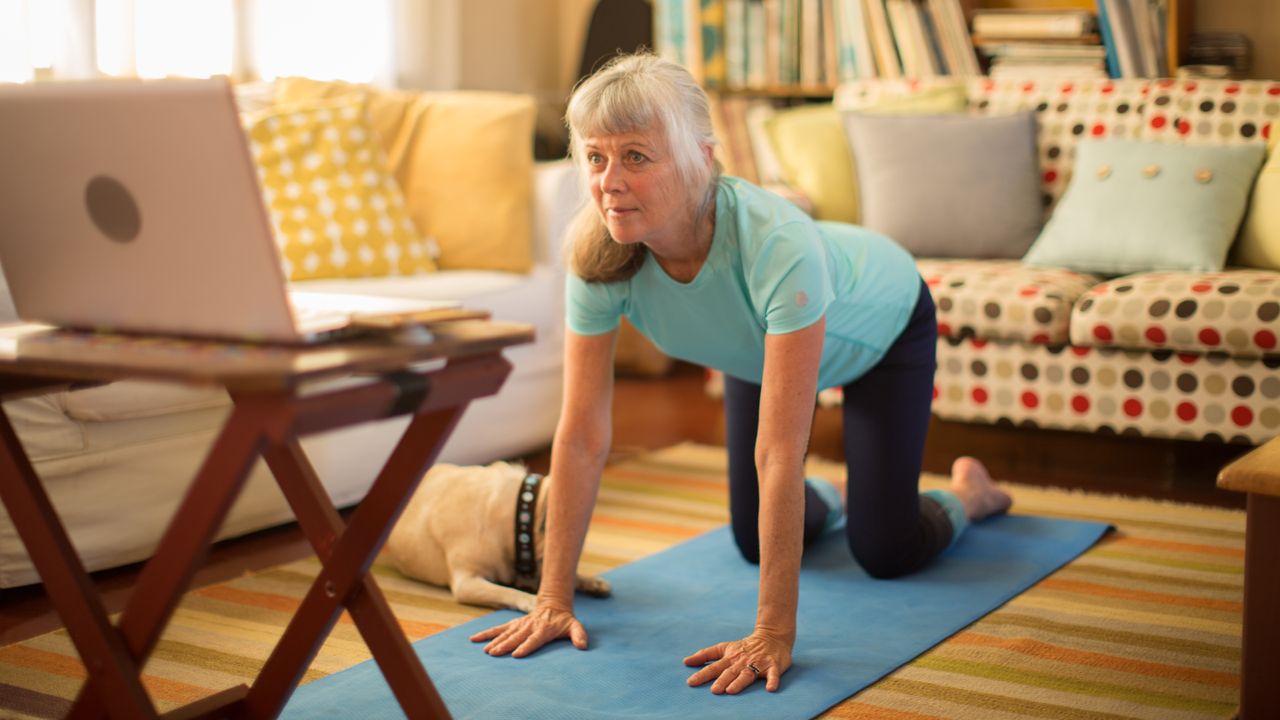
Joint pain is a common issue that can be caused by anything from illness to poor posture.
I spoke to yoga instructor Ilana Sabban from Move Studios, who explained that arthritis, previous injuries, and a lack of mobility and strength around the joint can also be causes—but sometimes it can be down to muscle weakness, too.
“When the muscles surrounding a joint are weak or tight, more pressure is placed directly on the joint itself, which can lead to inflammation, stiffness and discomfort,” she says.
So, how can yoga help?
While it won’t cure underlying conditions like arthritis or injury, Sabban explains that it increases circulation within the body, improves flexibility and reduces the built-up stiffness in the muscles surrounding the joints.
“When combined with strengthening, stretching helps restore mobility and alignment, allowing the joints to function more smoothly and with less pain,” she says.
If you have unexplained joint pain, always consult your doctor before undertaking any new exercise. Practicing under the care of a physical therapist can also help if you have a long-term condition to navigate.
1. Cat-cow
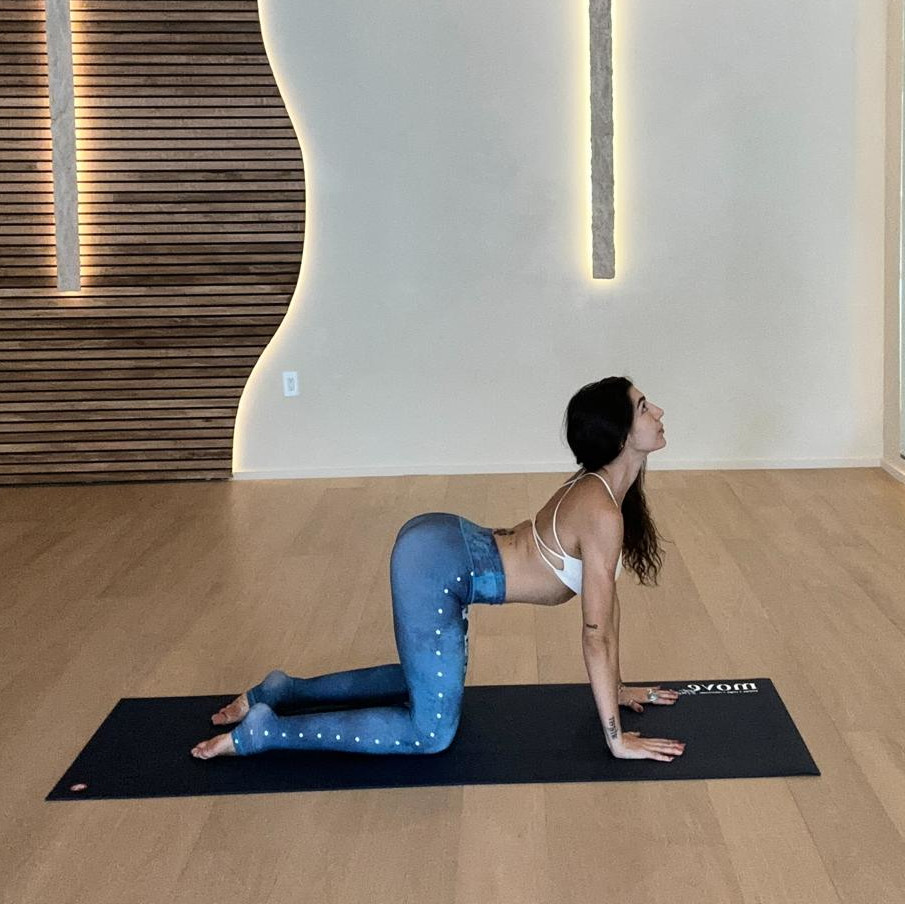
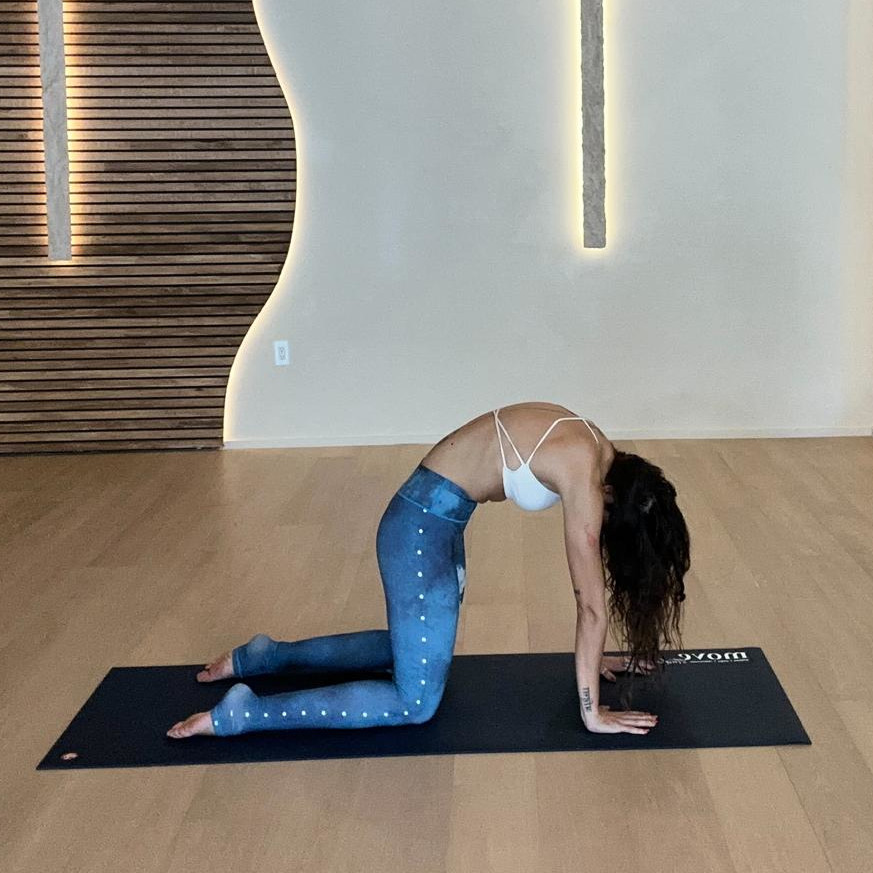
Reps: 5-10
- Get on your hands and knees. Position your wrists under your shoulders and your knees under your hips. Spread your fingers wide and press your palms into the mat.
- Inhale and arch your spine, lift your chest, and drop your belly to perform cow pose.
- Exhale and round your spine, tuck your tailbone and look down towards your belly button while pressing your palms into the mat to perform cat pose.
- Match your breath to the movement for 5-10 reps.
Benefits: Mobilizes the spine and lubricates the joints in the back, shoulders, and hips.
2. Low lunge with side stretch
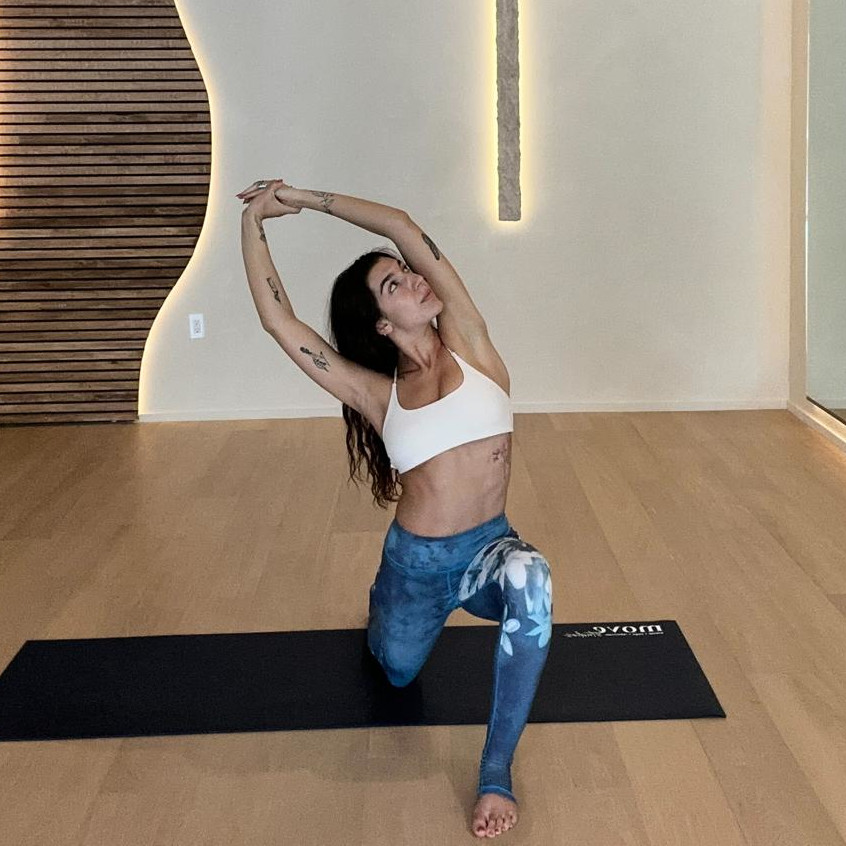
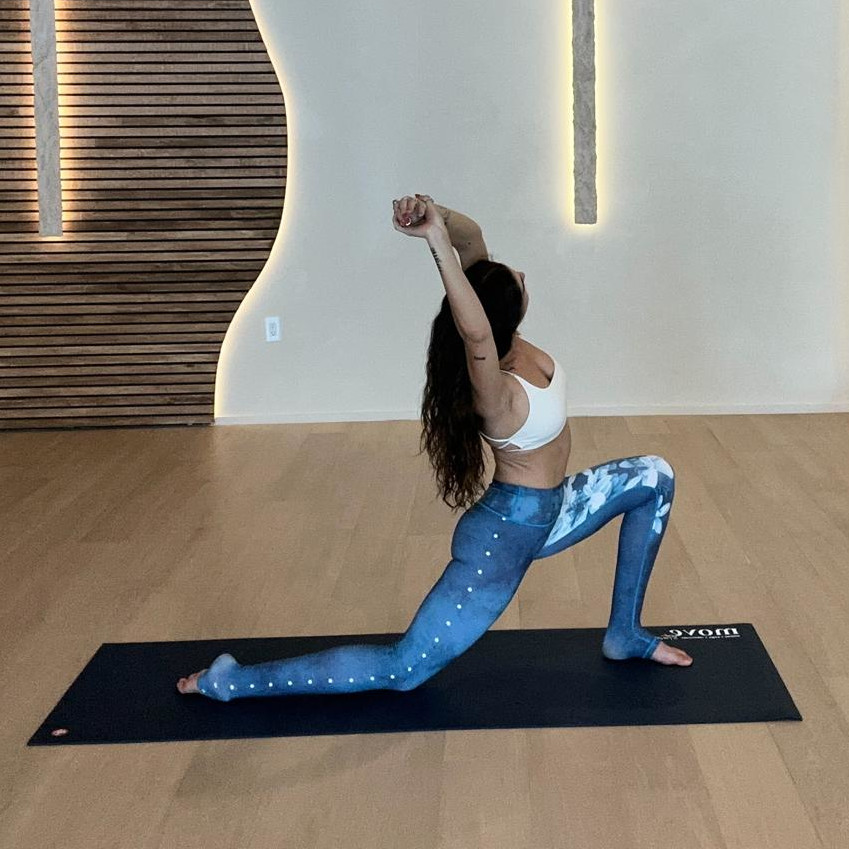
Time: 3-5 breaths each side
- From kneeling, step your left foot forward and place both hands on your left thigh.
- Sink your hips forward until you feel a stretch in your right hip flexor.
- Raise your arms and grasp your left wrist with your right hand. Inhale and reach upward.
- Exhale and gently lean your torso to the right for a side stretch.
- Hold for 3–5 breaths, then switch legs and repeat on the other side.
Benefits: Opens the hip flexors and stretches the quadriceps, relieving pressure on the knees and lower back.
3. Supine figure four stretch
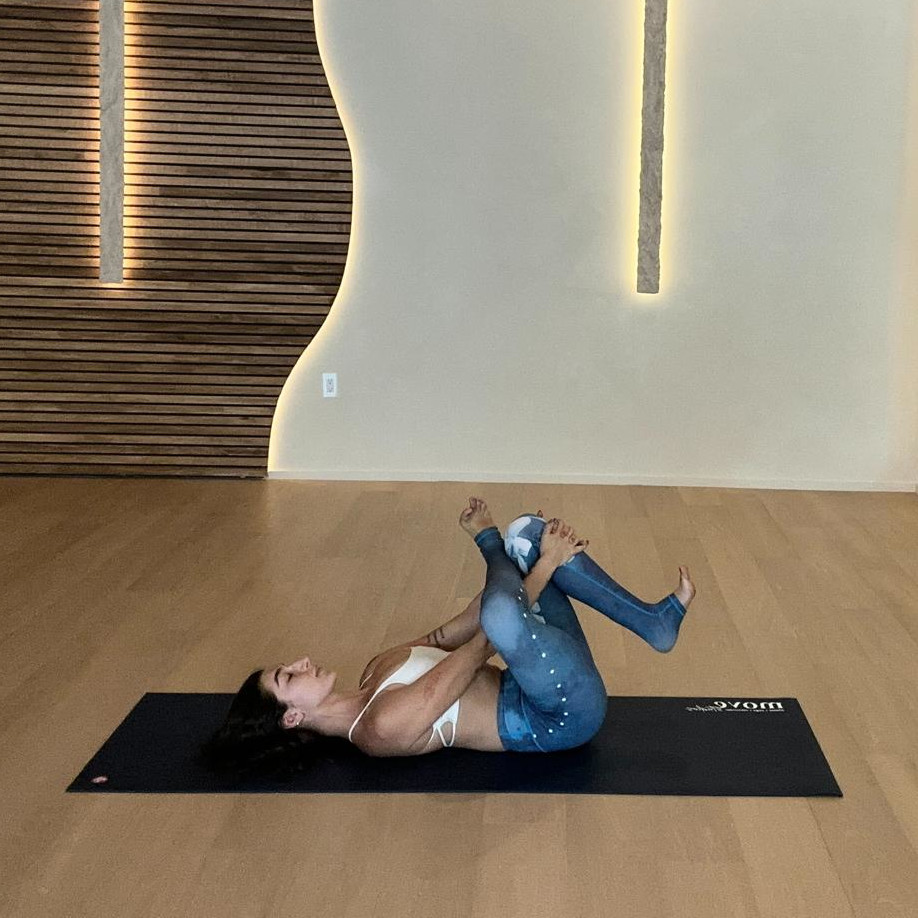
Time: 5-8 breaths each side
- Lie on your back with your knees bent and feet flat on the floor.
- Cross your right ankle over your left thigh.
- Thread your hands behind your left thigh, or place them on the top of your left shin if more comfortable. Gently pull your left leg toward your chest.
- Keep your right foot flexed, with your right knee pressing away from you. Your shoulders should be relaxed and your lower back pressed into the mat.
- Hold for 5–8 breaths, then switch sides and repeat.
Benefits: This stretch releases tension in the hips and glutes, supporting the knees and lower spine.
4. Bridge pose
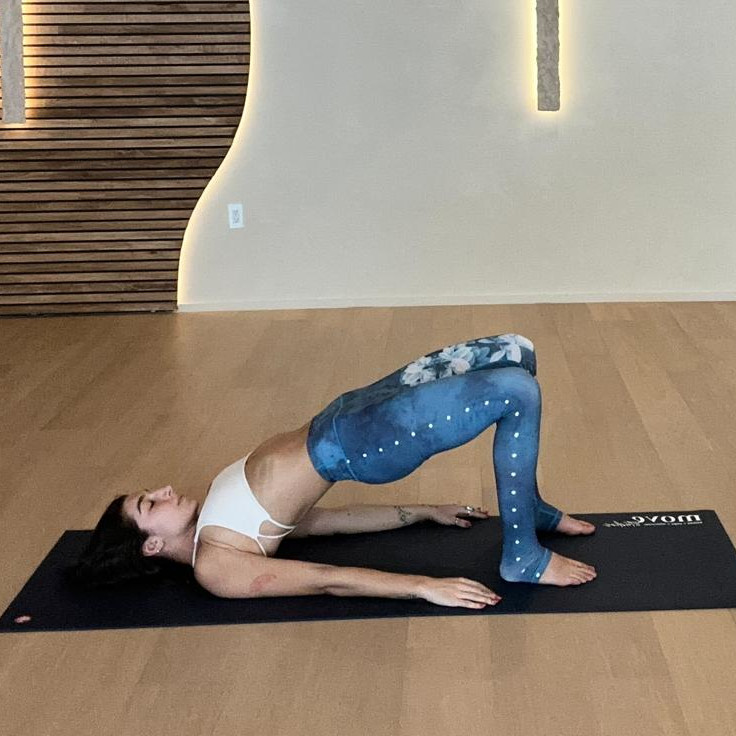
Reps: 2-3
- Lie on your back with your knees bent, your feet hip-width apart and your heels close to your sit bones. Press your feet firmly into the mat.
- Inhale and lift your hips, squeezing your glutes and thighs as if you’re holding a block between your legs. Keep your chest open and your shoulders pressed into the mat.
- Hold for 3–5 breaths, slowly lower, and repeat 2–3 times.
Benefits: Strengthens the glutes and hamstrings, which helps stabilize the pelvis and support knee and hip joints.
5. Reclined spinal twist
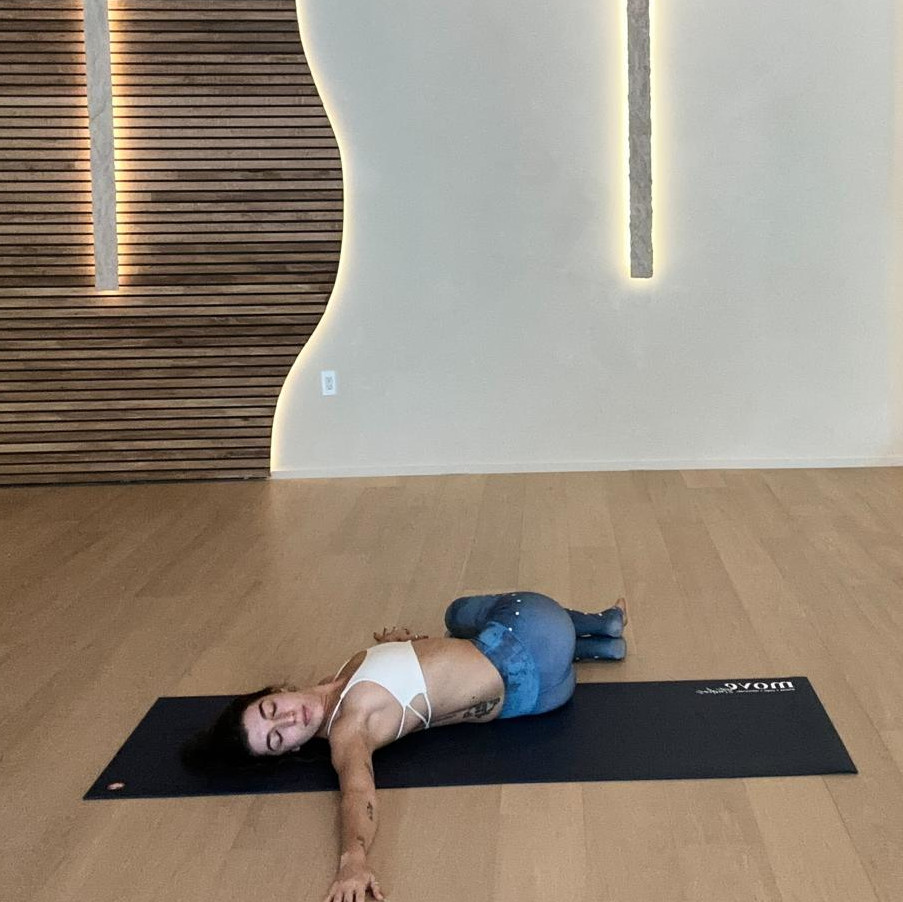
Time: 5-8 breaths each side
- Lie on your back, with your knees bent and your feet flat on the floor.
- Hug both knees to your chest.
- Drop your knees over to the left, keeping your shoulders flat on the mat.
- Stretch your arms out to the sides into a T shape and turn your head gently to the right. Try to keep your right shoulder on the mat.
- Stay here for 5–8 slow breaths, then switch sides and repeat.
Benefits: Enhances spinal mobility, reduces stiffness, and decompresses the joints in the back and hips.







